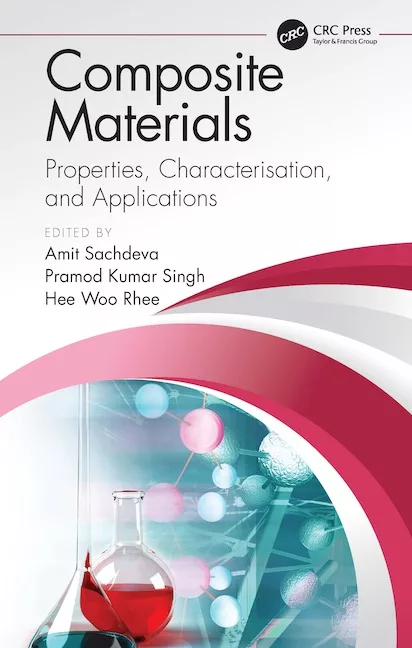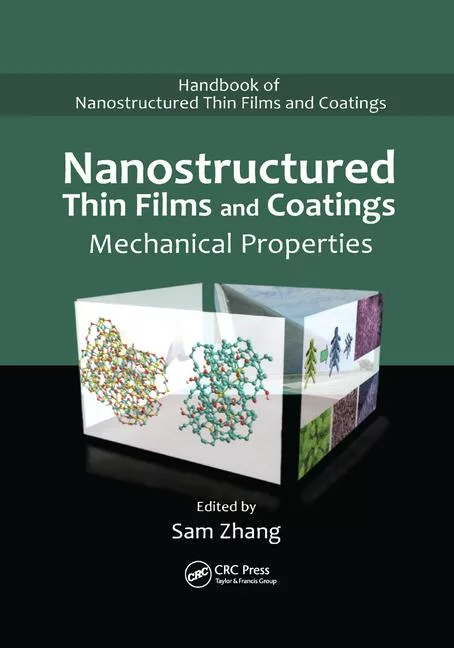Nanocomposites Allow Rust Proofing Without Chromium
CHEMNITZ, Germany - Years ago, the ice-cream van used to drive through residential areas, ringing a bell to entice people out of their houses. Today, scrap metal collectors have taken its place. Whether it be refrigerators, washing machines or car parts, dwindling natural resources mean that scrap metal is worth money. To ensure that the recycling of old cars, for example, does not pose a risk to human health and the environment, the European Parliament has issued a guideline: The use of toxic and carcinogenic chromium(VI) compounds in car manufacturing has been prohibited since mid-2007. Until then, a chromate layer underneath the paint protected the car body against corrosion. Since that time, several chromium(VI)-free protective coatings have made their way into industrial halls, but they do not afford the same degree of protection as chromium(VI) plating and cannot be used on all types of metal surface.
Researchers at the Fraunhofer Institutes for Silicate Research ISC in Würzburg and for Machine Tools and Forming Technology IWU in Chemnitz,Germany, along with colleagues at the Institute for Corrosion Protection Dresden GmbH, have developed an alternative that is based on nanocomposites. "The new nanomaterials we developed using the sol-gel method adhere very well to most types of galvanization that we examined," reports ISC project manager Dr. Johanna Kron. To produce them, the researchers dipped galvanized steel sheets into a coating sol and applied a powder coating. They subjected the coated sheets to a variety of load tests. One such test was to keep scratched steel sheets in a chamber filled with atomized brine for 360 hours, or 15 days, at a temperature of 35 degrees. They also placed the metal sheets in an environment chamber with a relative humidity of 100 percent for 240 hours, or 10 days. "These coatings protect most galvanized materials almost as well as commercial yellow chrome plating. Indeed, the new coatings are often even more effective than the chromium-free system and chromium(III) passivation currently on the market," says Kron.
Good anti-corrosion measures are one thing, but is it also possible to deep-draw and bend the metal sheets treated in this way without destroying the coating? "As the coatings are less than a thousandth of a millimeter thick, you can form the chromium-free coated metal sheets in exactly the same way as yellow chrome plated sheets," says Kron. The researchers can already produce the corrosion proofing on a laboratory scale. Kron believes that the system could be launched on the market in about five years' time.
For additional information, contact Johanna Kron at johanna.kron@isc.fraunhofer.de.
Adapted from materials provided by Fraunhofer-Gesellschaft.
Looking for a reprint of this article?
From high-res PDFs to custom plaques, order your copy today!






